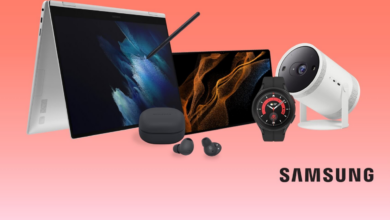Lenovo Smart Home and IoT Devices
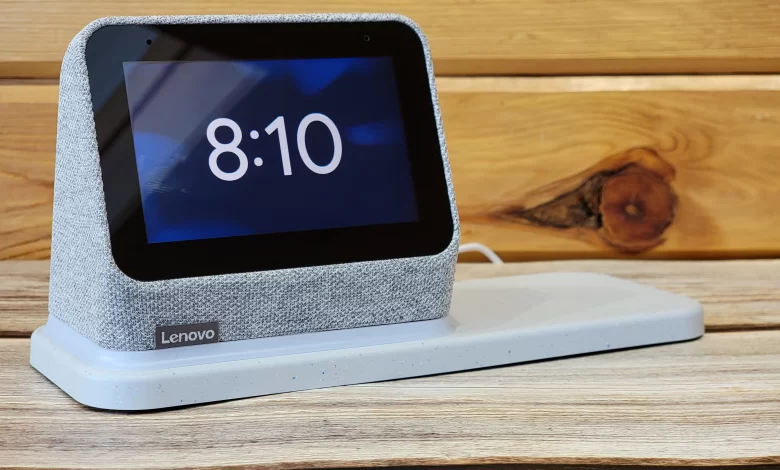
Smart Homes and IoT Devices
Lenovo has expanded its range to include smart home and IoT devices. Here are some examples of Lenovo’s smart home and IoT devices:
- Smart Displays: Lenovo offers smart displays that combine a voice-controlled smart assistant with a touchscreen. These devices can be used to control smart home devices, play multimedia content, and access information.
- Smart Watches: Lenovo manufactures smart watches that not only display time and date but also feature functions like alarms, voice control, health monitoring, and smartphone notifications.
- Smart Plugs: Lenovo has smart plugs that enable remote control and scheduling of power supply to connected devices. This allows you to turn electronic devices on and off remotely or automatically based on preset schedules.
- Connected Devices: Lenovo also offers other connected devices for the smart home, such as security cameras, door and window sensors, motion detectors, and smart lighting systems. These devices can be integrated into a smart home ecosystem to provide control and monitoring of various aspects of your home.
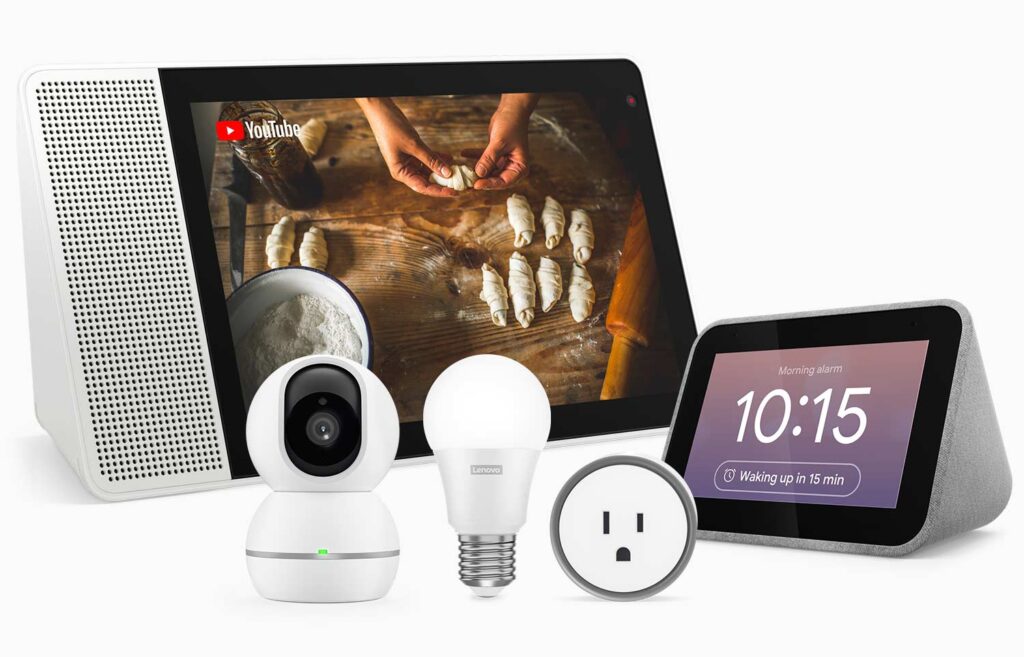
Lenovo’s smart home and IoT devices are designed to offer convenience, energy efficiency, and security in your home. They may be compatible with various smart home protocols and can be controlled via an app or voice commands. For more information about specific products and their features, visit Lenovo’s official website or contact their customer support.
Introduction to Smart Homes
A smart home is a concept where various devices and systems within the home are connected and can communicate with each other via the Internet. By using Internet of Things (IoT) technology, different appliances and devices in the home can be connected and controlled using smart devices like smartphones, tablets, or voice-controlled assistants.
The idea behind a smart home is to create a more convenient, secure, and energy-efficient living environment. By connecting different appliances and devices to a central system, you can automate and control various functions and processes within your home.
Examples of smart home devices include:
- Smart Lighting Systems: With smart bulbs and lighting systems, you can control the lighting in your home by scheduling timings, adjusting brightness, and even changing the color of the lighting.
- Smart Thermostats: Smart thermostats allow for remote control and programming of the temperature in your home. You can schedule heating or cooling based on your needs and save energy.
- Smart Security Systems: With smart security systems, you can monitor and control the security of your home, including features like surveillance cameras, motion sensors, door/window sensors, and smart locks.
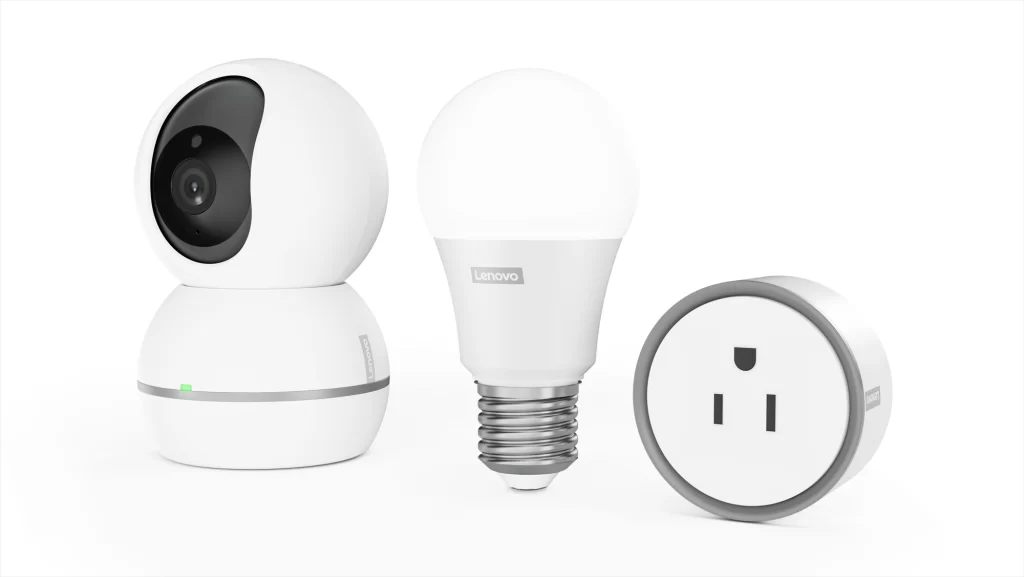
- Smart Appliances: Smart appliances, such as refrigerators, washing machines, and ovens, can be connected to the internet, allowing for remote control, monitoring, and even automated functions. Voice-
- Activated Assistants: Voice-activated assistants like Amazon Alexa, Google Assistant, or Apple Siri can be integrated into a smart home system, allowing you to control different devices and perform tasks using voice commands.
- Entertainment Systems: Smart home technology also extends to entertainment systems, including smart TVs, streaming devices, and audio systems that can be integrated and controlled within the smart home ecosystem.
The benefits of a smart home include increased convenience, energy efficiency, enhanced security, and greater comfort. With the ability to remotely control and monitor various aspects of your home, you can have more control and peace of mind.
It’s important to note that setting up a smart home requires compatible devices, a stable internet connection, and often a central hub or control unit to manage the connected devices. As technology continues to evolve, the possibilities for smart home automation and integration expand, providing homeowners with an exciting and dynamic way to interact with their living spaces.
Smart Home Security
Security in a smart home is an important aspect of creating a safe and secure living environment. With advancements in technology, smart home security systems provide homeowners with increased control, monitoring, and protection against potential threats. Here are some key aspects to explore when it comes to security in a smart home:
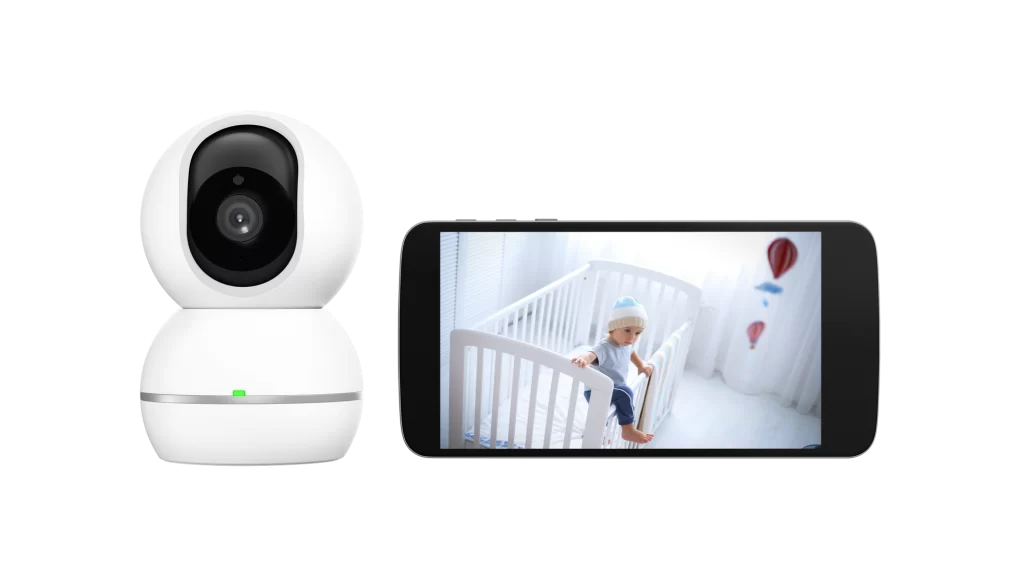
- Smart Security Cameras: Smart security cameras allow you to monitor your home remotely. They provide live video feeds and recordings that can be accessed via mobile devices or computers. Look for features like high-definition video quality, night vision, motion detection, and two-way communication.
- Motion Sensors: Motion sensors detect movement within specific areas of your home. When triggered, they can send alerts to your smartphone or activate other security measures. Motion sensors can be used indoors and outdoors to enhance security on your property.
- Door and Window Sensors: These sensors detect when doors or windows are opened or closed. They can send alerts to your smartphone and notify you of unauthorized entry. Door and window sensors are a crucial part of a comprehensive smart home security system.
- Smart Locks: Smart locks provide convenient and secure access to your home. They can be remotely controlled using a smartphone app or integrated with other smart home devices. Smart locks offer features like keyless entry, temporary access codes, and activity logs, allowing you to monitor and manage access to your home.
- Alarm Systems: Smart home alarm systems are designed to alert homeowners and authorities to intrusions. These systems may include sirens, strobe lights, and remote monitoring features. Look for alarm systems that can integrate with other smart home security devices for a comprehensive solution.
- Remote Monitoring and Control: One of the major advantages of security in a smart home is the ability to monitor and control your security system remotely. Using a mobile app, you can access live video feeds from security cameras, receive alerts, and even arm or disarm your security system from anywhere.
- Integration with Voice Assistants: Smart home security systems can be integrated with voice assistants like Amazon Alexa or Google Assistant. This allows you to control and manage your security devices using voice commands, making it more convenient to monitor and secure your home.
- Professional Monitoring Services: Some smart home security systems offer optional professional monitoring services. These services provide 24/7 monitoring and can alert emergency services in case of intrusion or other emergencies.
It’s important to consider factors such as the reliability of the system, the ease of installation, ongoing costs, and compatibility with other smart home devices when choosing a smart home security system. Additionally, always follow best practices to secure your wireless network and regularly update passwords to ensure total security for your smart home.




